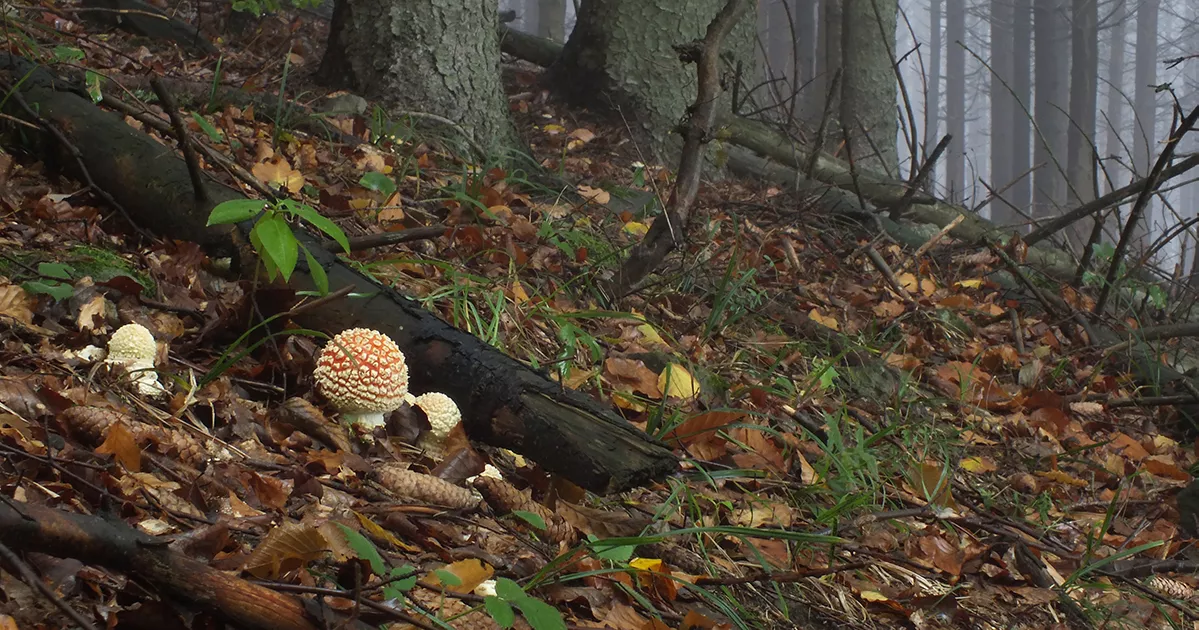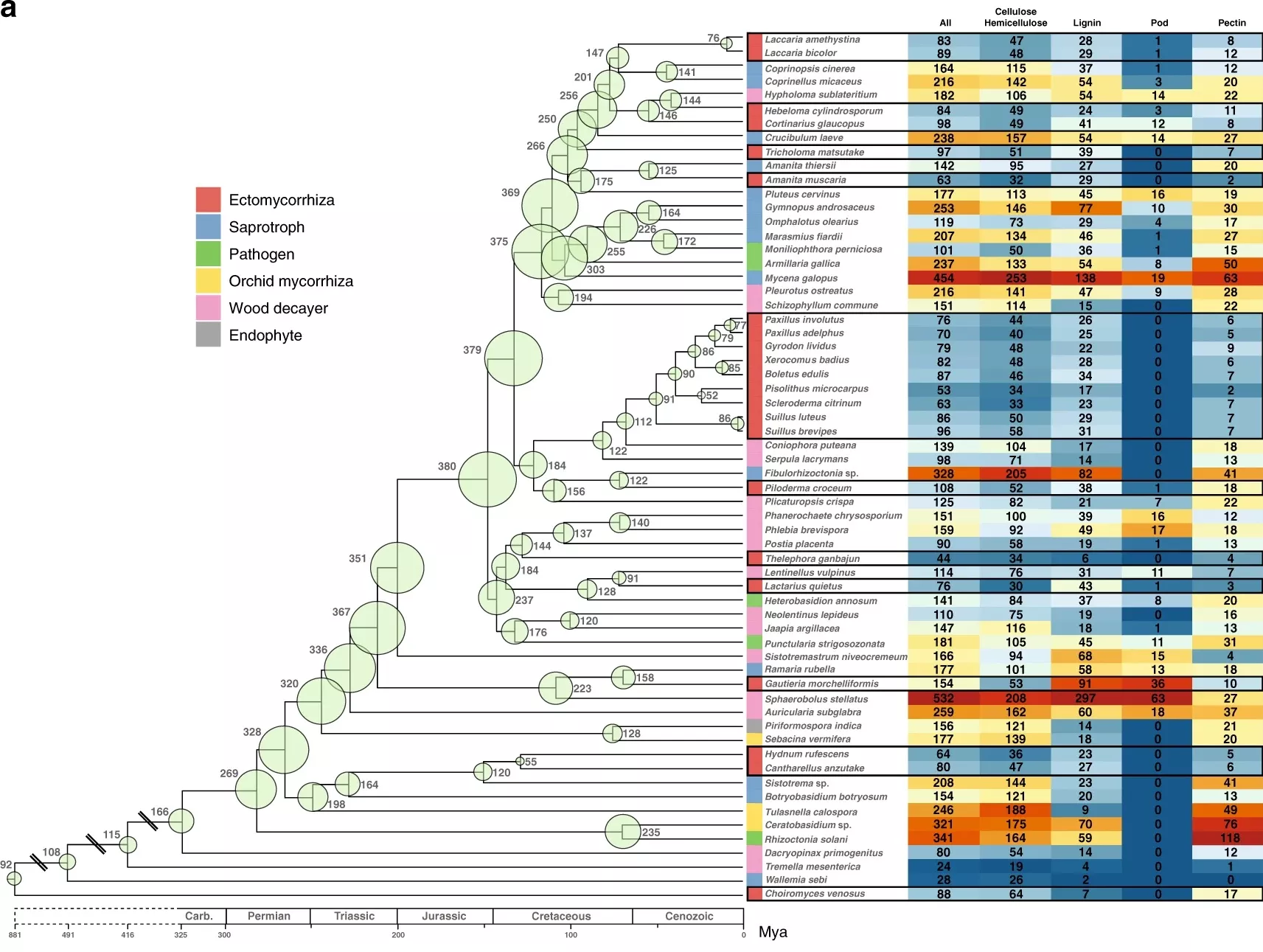The research group at the ELKH Biological Research Centre led by László Nagy has been studying mycorrhizae for many years. Mycorrhizae are a type of symbiosis between fungi and plants, a lifestyle where root connections are beneficial for both participants. Mycorrhizal fungi have evolved many times independently from each other over the course of their evolution (convergent evolution), but in the past how they evolved this behavior had been unexplored. This article, recently published in Nature Communications, also provides an answer to this question.

This online publication is a continuation of the first large-scale genomic study on mycorrhizal fungi presented in Nature Genetics in 2015. A huge dataset containing 135 fungal genomes was collected during the project, headed by Francis Martin (INRA-Nancy), with the participation of the teams of the BRC Lendület Laboratory of Fungal Genomics and Evolution and the Joint Genome Institute (JGI, Igor Grigoriev). This data provides a unique opportunity to examine the evolutionary background of the mycorrhizal lifestyle. In this new project, JGI performed the genome sequencing while László Nagy and Enikő Kiss (BRC) examined the plant cell walls degrading enzymes and the mechanisms of the convergent evolution of the mycorrhizal lifestyle. They also investigated whether the genetic toolkit used by independent mycorrhizal fungal clades was different from or similar to each other. They reported differences in the adopted gene sets, though these had already existed before mycorrhizae production, suggesting limited evolutionary innovation in terms of new genes. This finding was obtained by applying a bioinformatics approach called phylostratigraphy that is suitable for determining the evolutionary age of genes.

Transitions to mycorrhizal symbiosis caused many changes in the fungal lifestyle. The studies showed that fungi express small secreted proteins in huge amounts, yet their functions are unknown. It is possible that they play a role in communication with their plant partners. At the same time, mycorrhizal fungi have lost a significant part of the genes encoded. Mycorrhizal species evolved from saprotrophic ancestors containing genes coding plant cell wall degrading enzymes (PCWDEs) that are necessary for wood decomposition, and therefore play an important role in biofuel research. The comparative genomics studies, on other hand, displayed surprising results. Although it was formerly thought that mycorrhizal fungi have lost these enzymes completely, based on the new data, the group reported that many of the species retained different genes, among which presumably those responsible for wood and/or lignin degradation are also present. This completely new discovery suggests that mycorrhizal fungi contribute to the decay of dead plant materials, a phenomenon that was hitherto unknown for this group of fungi.
Further research aims to unravel the macro- and microevolutionary processes underlying the diversification of mycorrhizal fungi and to gain a more accurate view of the mechanism and functions of genes associated with symbiosis.